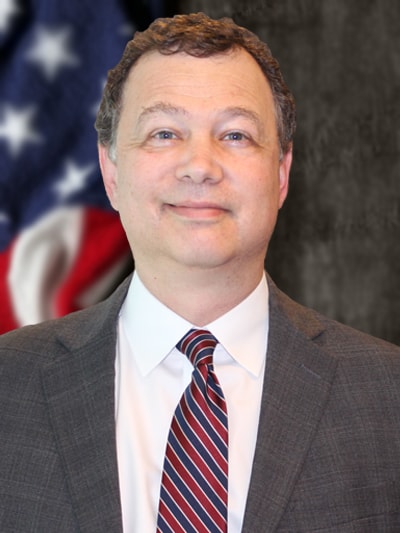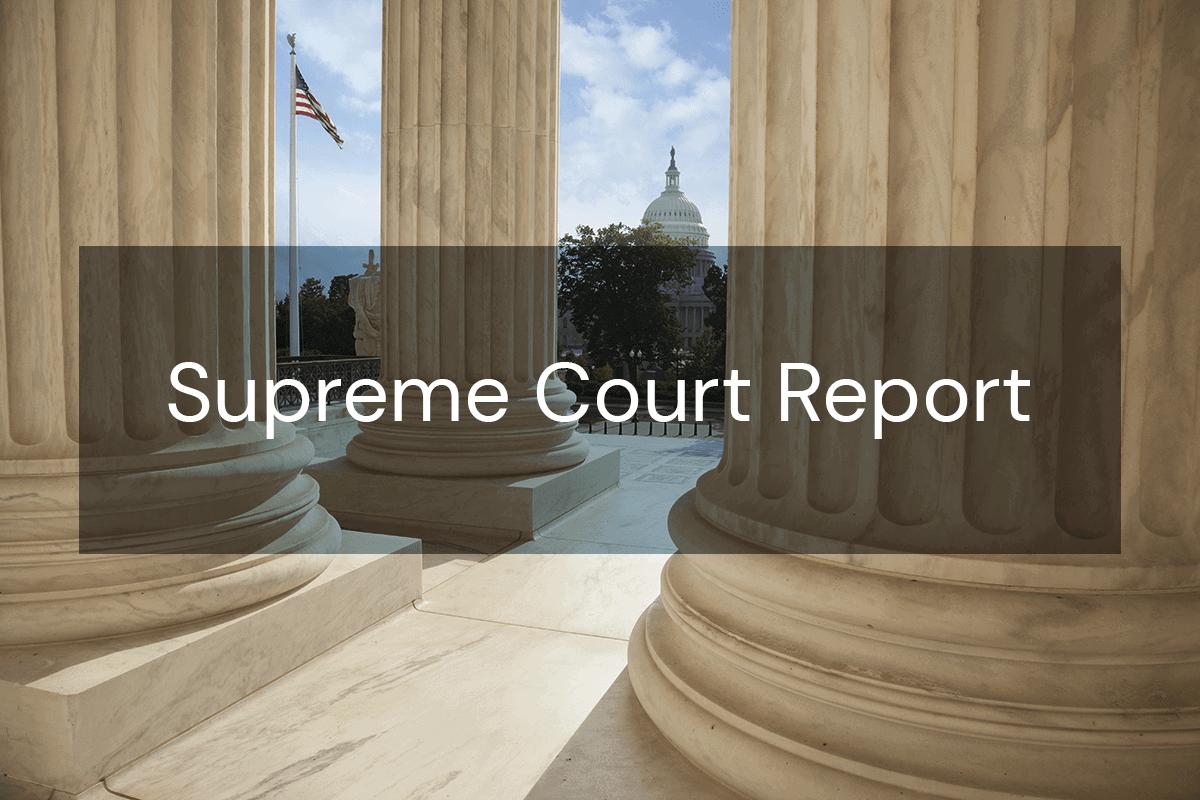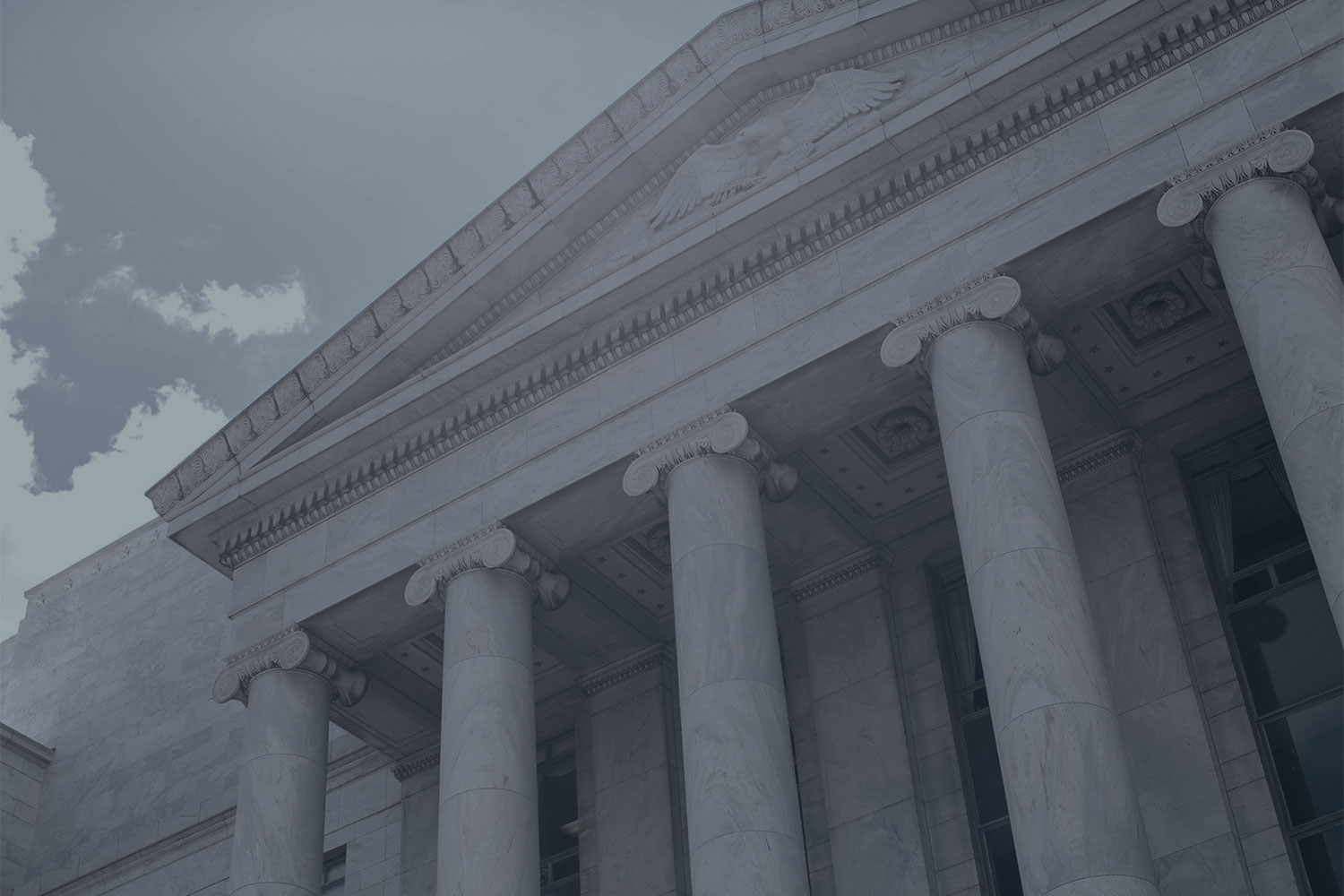Author

This Report summarizes opinions issued on March 3, 4, and 7 2022 (Part I); and cases granted review on February 28, 2022 (Part II).
Opinion: United States v. Tsarnaev, 20-443
United States v. Tsarnaev, 20-443. In a 6-3 decision, the Court reversed the First Circuit and reinstated Dzhokhar Tsarnaev’s death sentence, which was imposed after a jury convicted him of federal crimes related to the 2013 Boston Marathon bombing. Dzhokhar and his older brother, Tamerlan, plotted and carried out the Boston Marathon bombings and several other crimes as they tried to evade capture. They “planted and detonated two homemade pressure-cooker bombs near the finish line of the Boston Marathon.” When the bombs exploded, “[t]he blasts hurled nails and metal debris into the assembled crowd, killing three while maiming and wounding hundreds. Three days later, the brothers murdered a campus police officer, carjacked a graduate student, and fired on police who had located them in the stolen vehicle.” As he was attempting to flee in the stolen vehicle, Dzhokhar “inadvertently killed Tamerlan by running him over.” A “grand jury indicted Dzhokhar for 30 crimes, 17 of which were capital offences.” Owing to “the intense public interest in the case,” the district court took multiple precautions to ensure that an impartial jury would be empaneled. The district court adopted nearly all of the parties’ joint proposed 100-question juror questionnaire, “including many [questions] that probed for bias.” Several of the questions “probed whether media coverage might have biased a prospective juror.” But the court “did reject one media-related question”—namely, a question asking “each prospective juror to list the facts he had learned about the case from the media and other sources”—because “such a broad, ‘unfocused’ question would ‘cause trouble’ by producing ‘unmanageable data’ of minimal value that would come to dominate the entire voir dire.” On top of the lengthy questionnaire, the court summoned an expanded jury pool of 1,373 prospective jurors, ultimately reducing the pool to 256 after reviewing answers to the juror questionnaire. The court then conducted three weeks of in-person questioning of those 256 prospective jurors before seating 12 jurors, who ultimately convicted Dzhokhar—who “did not contest his guilt”—on all counts.
During the sentencing phase, the district court excluded evidence suggesting that Dzhokhar’s brother had been involved in a triple homicide a few years earlier. Dzhokhar had built his mitigation strategy “on the idea that Tamerlan masterminded the bombing” and that Tamerlan “had pressured [Dzhokhar] to participate.” And to prove his older brother’s “domineering nature, Dzhokhar sought to introduce hearsay evidence of . . . an unsolved triple homicide in Waltham, Massachusetts.” During the bombing investigation, one of Tamerlan’s friends told the FBI that Tamerlan had been involved in the murders, but when FBI agents asked him to write down his story, he instead attacked the agents, who killed him in self-defense. Before trial, the government filed a motion in limine seeking “to exclude any reference to the Waltham murders” on the ground “that the evidence was irrelevant, or at least so lacking in probative value and so likely to confuse the issues that the court should exclude it.” The court agreed and granted the government’s motion because “the evidence did not show what Tamerlan’s role was and . . . no further line of inquiry remained.” Based on the jury’s recommendation, the district court “sentenced Dzhokhar to death.” The First Circuit vacated Dzhokhar’s death sentence for two reasons: First, the court determined that the district court had abused its discretion “by declining to ask every prospective juror what he learned from the media about the case” because that question was required under the First Circuit’s “discretionary supervisory powers.” Second, the court determined that the district court had abused its discretion in excluding the evidence about the Waltham murders during the sentencing phase. The Court reversed the First Circuit’s judgment in an opinion written by Justice Thomas.
First, the Court held that the district court did not abuse its discretion in declining to ask the media-content question because that question wrongly “focus[ed] on what a juror knew before coming to court, rather than on potential bias.” The Court explained that “there is no blanket constitutional requirement that [a district court] must ask each prospective juror what he heard, read, or saw about a case in the media.” The district court here fulfilled its duty to empanel an unbiased jury when it reasonably determined “that jurors who came in with some prior knowledge would still be able to act impartially and ‘hold the government to its proof.’” Moreover, “the rest of the jury-selection process”—which included a lengthy questionnaire, an expanded jury pool, and three-week in-person voir dire—“was both eminently reasonable and wholly consistent with this Court’s precedents.” And even assuming that lower courts have supervisory powers, they cannot use those powers to “create prophylactic supervisory rules that circumvent or supplement legal standards set out in decisions of this Court,” which the First Circuit did when it limited a district court’s broad discretion in managing voir dire.
Second, the Court held that the district court did not abuse its discretion in excluding evidence of the Waltham murders during the sentencing phase. Although the Federal Death Penalty Act is more permissive than the Federal Rules of Evidence, “FDPA proceedings are not evidentiary free-for-alls.” And here, the district court reasonably determined that the evidence “lacked probative value, would confuse the jury, and ultimately would be nothing more than ‘a waste of time,’” for “there was no allegation that Dzhokhar had any role in that crime” and there was no “way to confirm or verify the relevant facts, since all of the parties involved were dead.” The Court rejected the notion that excluding any marginally relevant mitigating evidence violates the Eighth Amendment, concluding that such an “extreme position” has no support in the Court’s cases. Because the FDPA “does not deny the defendant a full and fair opportunity to apprise the sentencer of all constitutionally relevant circumstances”—and instead “sets up a highly permissive regime that allows criminal defendants to introduce a wide range of normally inadmissible evidence”—it “does not offend the Eighth Amendment.” The Court also rejected the dissent’s approach, which “subjects the District Court’s decision to exclude the Waltham evidence to a more stringent standard of review,” because “[e]ven in the death penalty context, [the] traditional abuse-of-discretion standard applies.”
Justice Barrett, joined by Justice Gorsuch, wrote a concurring opinion to express “skepticism that the courts of appeals possess . . . supervisory power.” While Justice Barrett accepts that a federal court has “the inherent authority to regulate its own proceedings,” she said that the First Circuit went much further and purported to “adopt[] a blanket rule that all district courts in its jurisdiction must follow on pain of reversal.” Although acknowledging that the Court has previously suggested that “courts of appeals possess authority to dictate procedural rules for district courts,” she urged the Court to reexamine the issue because the Court has thus far “failed to identify a source for this supposed authority, [and] it is unclear that any exists.” And while there might be an argument for the Court’s supervisory authority over lower federal courts grounded in Article III’s text, “it is difficult, if not impossible, to find any comparable constitutional hook for such power in the courts of appeals,” and there is no statutory basis for such authority.
Justice Breyer, joined by Justices Sotomayor and Kagan, dissented on the ground that the First Circuit had appropriately determined that the district court abused its discretion in excluding the evidence of the Waltham murders. In Justice Breyer’s view, reviewing courts must exercise “particular care” in applying the abuse-of-discretion standard in a capital case. Based on his independent review of the record, he believed that the district court abused its discretion because “[t]he record does not adequately support exclusion for the District Court’s stated reasons.” Because he would affirm the First Circuit’s decision on the evidentiary issue, he would not address “the pretrial publicity question,” though he suggested that the Court’s cases “clearly recognize the existence” of “the power of the federal appeals courts to promulgate supervisory rules.”
[Editor’s note: Some of the language in the background section of the summary above was taken from the petition for writ of certiorari and brief in opposition.]




